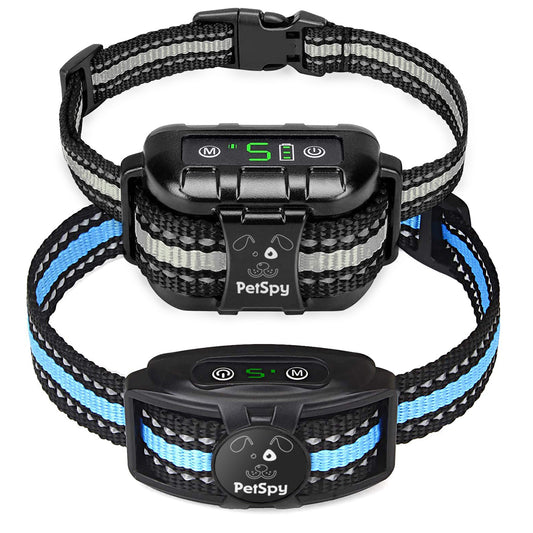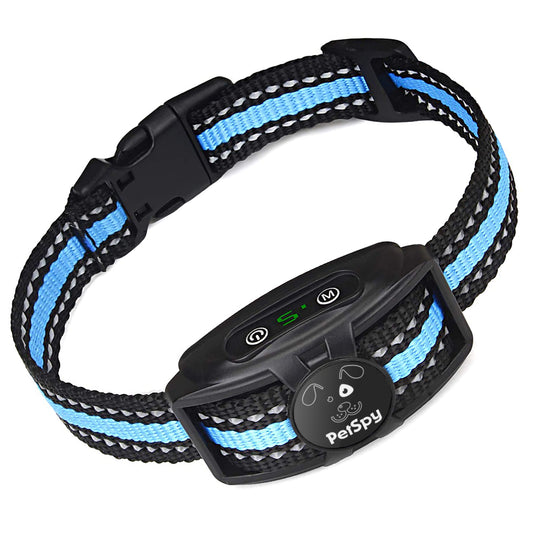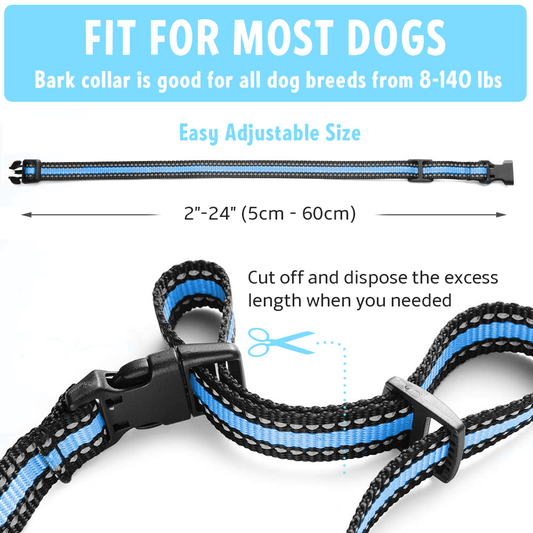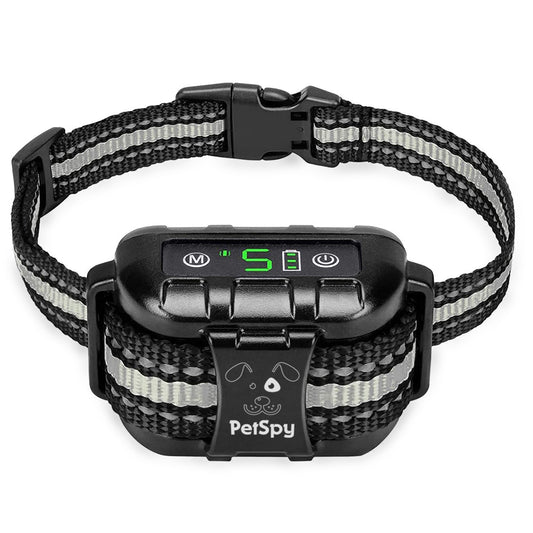-
Smart Dog Bark Collar Training Bundle, 2 Pack
Regular price $56.95Regular price $56.95 Sale priceUnit price per$74.95Sold out -
Humane dog bark collar - No Shock Bark Collar, Dual Motor
Regular price $28.95Regular price $28.95 Sale priceUnit price per -
Smart Dog Bark Control Collar - Smart bark collar, 3 Training Modes
Regular price $37.99Regular price $37.99 Sale priceUnit price per




